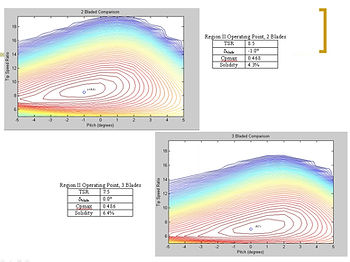Computer Modeling and Analysis
Computer modeling provides multiple advantages in forensic investigations. It allows Veritech's experts to reconstruct complex events by creating digital representations of the incident being investigated. Computer based modeling can also provide a straightforward method to test different variables of an analysis. This method provides a quick way to test complex systems without investing the time and effort of developing a physical test.
Forensic Engineering Services
Computer Modeling in Forensic Engineering
Forensic engineering applies engineering principles to investigate failures, accidents, and product defects. It plays a crucial role in determining the root cause of incidents such as vehicle crashes and mechanical failures. One of the most powerful tools in modern forensic engineering is computer modeling, which allows engineers to simulate real-world conditions and evaluate hypotheses that would be unsafe, impractical, or not cost effective to test physically.
Advantages of Computer Modeling in Forensic Engineering
Computer modeling offers several benefits for forensic investigations:
-
Accurate event reconstruction: Engineers can digitally recreate incidents digitally to analyze how failures occurred.
-
Variable isolation: Multiple factors often contribute to failures. Modeling allows engineers to test one variable at a time.
-
Scenario testing: “What-if” simulations help determine how changes in geometry, material, or load conditions affect outcomes.
-
Support for litigation: Detailed simulations and visualizations provide clear, data-driven evidence for courts, juries, and insurance claims.

Accident Reconstruction
In vehicle accident reconstruction, Veritech engineers use computer simulation software to recreate crashes and demonstrate vehicle dynamics. These simulations incorporate physics-based models of speed, momentum, impact forces, and roadway conditions. By modeling the crash, engineers can:
-
Determine pre-impact speeds.
-
Assess braking and steering inputs.
-
Compare simulated outcomes with physical evidence such as skid marks, vehicle crush, and event data recorder (EDR) information.
-
Explain the effects of proper attentiveness, visibility, awareness, and other human factors that occur in the event of a collision.
-
Demonstrate the effects of Advanced Driver Assistance Systems (ADAS) during an accident
This process provides scientifically validated visualizations that explain how and why a collision occurred.
Occupant Kinematics
Computer modeling is also used to simulate occupant kinematics in vehicle collisions. These models show how the human body responds to impact forces, seatbelt restraints, or changes in motion.
Such simulations help explain:
-
Contact points within the vehicle interior based on the collision dynamics
-
Whether body contact and/or injury is consistent with the dynamics of the accident.
-
The effectiveness of systems like airbags, seatbelts, or other safety devices.
Demonstrative Evidence for Litigation
One of the most powerful applications of computer simulations is in the courtroom. Veritech creates animations and visualizations based on engineering data to help jurors and attorneys clearly understand complex technical issues. Since the simulations are rooted in scientifically validated models, they are credible and understandable.
